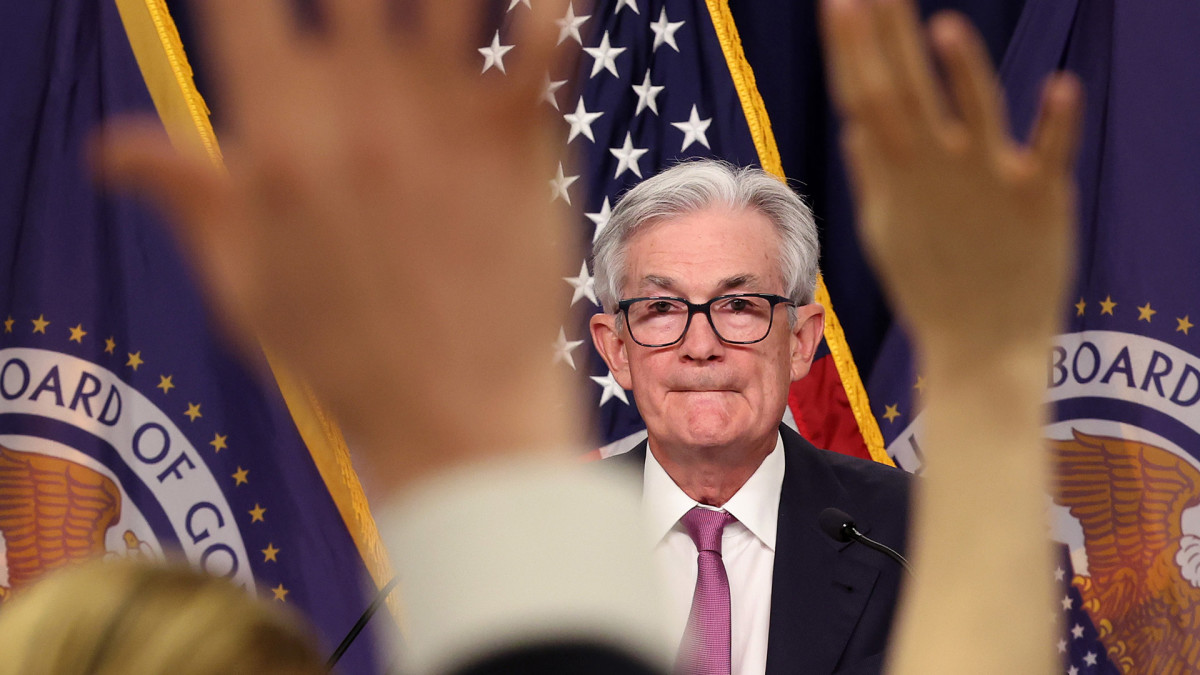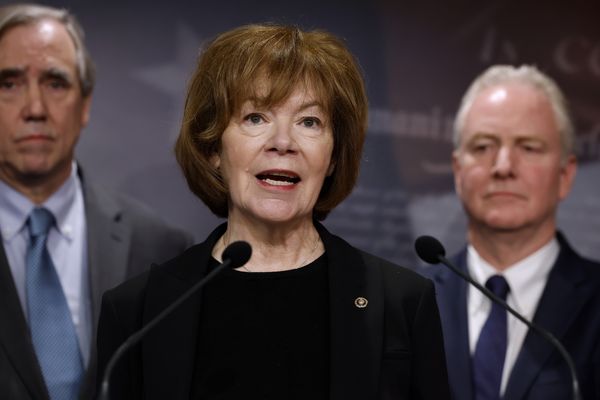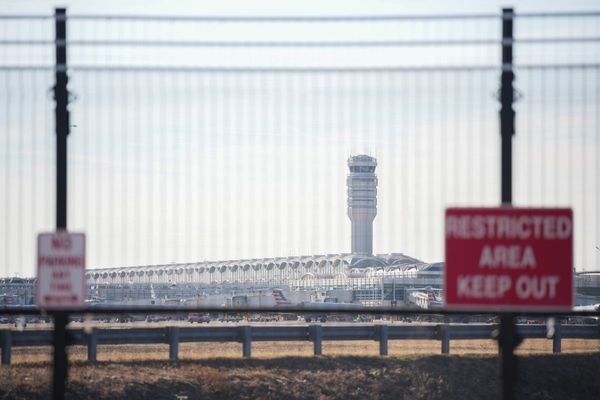
It's getting on the end of the year, and everyone wants to know the answer to this question for the Federal Reserve and Chairman Jerome Powell: When will the Fed start cutting interest rates?
There may be a hint of an answer on Wednesday, Dec. 13 when the Federal Open Market Committee, the central bank's rate-making body releases its end-of-meeting statement after a two-day meeting, followed by Chairman Jerome Powell's post-meeting press conference.
The decision will be by far the biggest event affecting financial markets this coming week. There are still some earnings reports to be examined, as well. And investors will watch what happens to interest rates and energy prices.
Some Fed meetings everyone knows what the Fed's plan will be well in advance. It is a bit different this time because of what the Fed has done since March 2022 — which was to raise its key interest rate 11 times from nearly 0% through July 26, when it boosted its federal funds rate to 5.25% to 5.5%.
The fed funds rate is what the central bank wants banks to charge each other for overnight loans and is the starting point in setting rates in the United States generally.
The rate was left at the 5.25%-5.5% level at meetings in September and November, while the soft-spoken Powell and his colleagues have waged a fierce battle about the inflation wave that erupted from the Covid-19 pandemic.
Related: Why high interest rates might fill your wallet for years
U.S. inflation is definitely lower, and the Consumer Price Index report, due Tuesday, will probably say prices are up maybe 3.2% over the last 12 months. The Fed will respond by warning about the potential for another bout of inflation — but leave rates alone.
And the first question at Powell's news conference on Wednesday will surely be, "So, when's the first rate cut?"
The soft-spoken Powell may pause before answering, but you can bet everyone with an interest in the topic will be listening.
Wall Street is betting heavily that the cut is coming soon, perhaps as early as March. You can see it in interest rates.
The 10-year Treasury yield, which exerts a huge influence on mortgage rates, finished the past week at 4.23%, down from a peak of 5.02% in mid-October. The most recent Freddie Mac survey of mortgage rates put the rate on new 30-year mortgages at 7.03%, down from a peak of 7.79% on Oct. 26.
You can see the bet in fuel prices.
AAA's national average gas price hit $3.881 per gallon in September. On Dec. 9, it was $3.167, lower than the close in 2022 and 36% below the 2022 peak of $5.01.
You can see the bet in the stock market:
- The Standard & Poor's 500 Index closed at over 4,600 on Friday for the first time in nearly 2 years.
- The Nasdaq Composite Index is nearing a 52-week high.
The S&P 500 has risen 9.7% just since the end of October. The Nasdaq has jumped 12.1%, while the Dow Jones Industrial Average has risen 9.7%.
Most of those gains came during the very robust month of November. December so far has seen stocks rise at a less frantic pace.
The bottom line is this: Inflation is down substantially from the 9.1% it reached in mid-June 2022. The CPI was up 3.2% year-over-year in September and October.
A debate over rate cuts
The arguing over whether the Fed should cut rates is loud. There are the obvious proponents of the idea, including the National Association of Realtors, the National Association of Home Builders, and the Mortgage Bankers Association, who have jointly called the Fed to stop raising rates.

Their members have been hit hard by rising rates. Home buyers can't buy homes. Sellers can't sell them. Small builders who lack access to capital have seen their volumes fall. Home prices are falling in many markets.
The rising cost of capital helped kill at least 3,200 startups this year, the New York Times reported on Dec. 7, using data from Pitchbook, the Seattle firm that tracks trends in global capital markets.
Rising rates contributed to several high-profile bank failures, including Silicon Valley Bank early this year.
Related: Looking back at the banking crisis of 2023
But there are also market experts who don't want the Fed to move too fast. The argument: A big rate cut will push a still-hot stock market and other investment vehicles into very overbought levels.
The Dow has been overbought for 12 straight days — even if it is 500 points below its all-time high of about 36,953.
Cryptocurrency supporters have won big whenever there's been a hint of lower rates coming. Bitcoin was at $43,985 on Nov. 9, up 16% so far in December and 166% on the year after falling 64% in 2022.
So, the odds are that Jerome Powell may try not to commit to anything on Wednesday, but the two questions of whether the Fed is done raising rates and start cutting will be front and center.
Still some important earnings reports ahead
The third-quarter earnings season is just about done, but this coming week also brings up several important earnings reports, including:
Database-and-software giant Oracle (ORCL) -), after Monday's close. Wall Street is looking for $1.05 a share in earnings, up from 95 cents a year ago. The stock is up 39% on the year.
Global mining giant BHP Group (BHPLF) -) and Johnson Controls International (JCI) -) on Dec. 12.
Software giant Adobe (ADBE) -) after Wednesday's close and the Fed announcement. Analysts expect earnings of $3.32 a share, up from $2.78 a share a year ago. The stock is up 81% in 2023 after falling 41% in 2022.
Costco Wholesale (COST) -) after the close Dec. 14. Earnings are expected at $3.44, up 11% from a year earlier's $3.10. Shares are up 33% in 2023. Also reporting: homebuilder Lennar (LEN) -) and electronics components manufacturer Jabil Inc. (JBL) -).
Darden Restaurants (DRI) -), on Dec. 15. The company operates 1,900 restaurants, including Olive Garden and Longhorn Steakhouse. The consensus estimate is $1.71 a share, up from 1.52 a year ago. Shares are up 14.9% in 2023.







